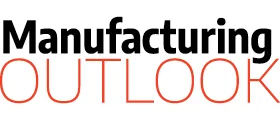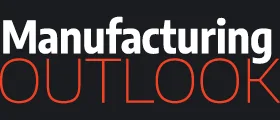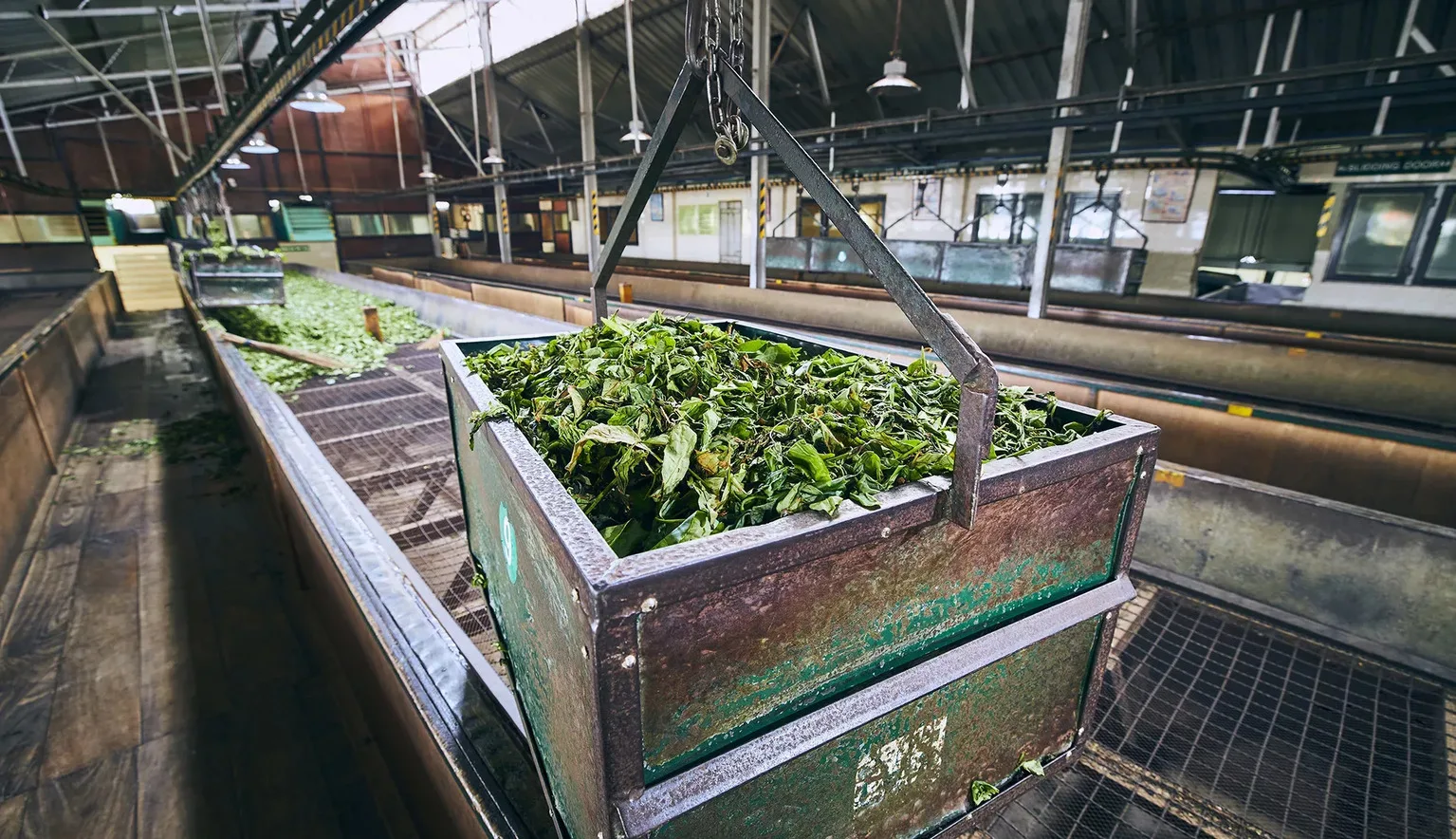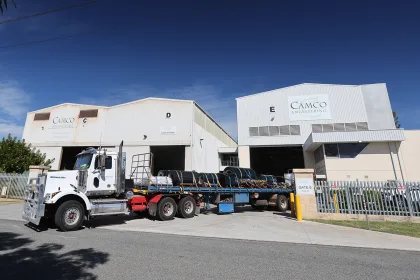The manufacturing sector in Uganda might have challenges, but there are many public and private stakeholders intent on helping develop it.
- INTRODUCTION
- CHALLENGES IN THE SECTOR
- SUGGESTIONS FOR IMPROVEMENT
- FACTS AND FIGURES – UGANDA’S MANUFACTURING SECTOR
- INDUSTRY INSIGHTS: UGANDA MANUFACTURING ASSOCIATION
- Since inception, how has UMA developed and progressed in terms of its key objectives and the messages it tries to get across?
- What do you find most exciting about the manufacturing industry in Uganda?
- On the flip side, what are its biggest challenges?
- What is UMA doing to help make the manufacturing industry in Uganda more sustainable?
- How has COVID-19 affected the manufacturing industry in Uganda?
- How do you see the manufacturing industry in Uganda developing over the next 5 years?
- IN FOCUS: THE AGRO-PROCESSING SECTOR
- KEY PLAYERS
INTRODUCTION
During the 1990s and early 2000s, Uganda made the transition from a predominantly agricultural to increasingly industrialised country, and was praised for its economic policies of government divesture, privatization and currency reform. With the return of political stability to the country, foreign companies and lending institutions began investing in the manufacturing sector, in businesses such as cement factories, drinks manufacturing plants and textiles and steel mills.
However, agriculture is still the largest contributor to the country’s GDP. Uganda’s manufacturing industries are primarily based on processing these agricultural products including tea, tobacco, sugar, coffee, cotton, dairy products and more. Other goods produced in the country include fertiliser, beer, matches, shoes, steel and textiles.
CHALLENGES IN THE SECTOR
Undeniably, Uganda’s manufacturing sector faces many challenges, not least the slowdown of production and subsequent loss of income brought about by COVID-19. More long-term challenges include high costs of infrastructure – especially electricity – limited availability of technical and managerial skills, as well as difficulty in accessing affordable long-term finance. While Uganda’s government has focused upon creating a stable macroeconomic environment for manufacturers, it has yet to fully determine these priorities.
Improving the sector is further inhibited by limited financial resources. For example, Uganda Investment Authority – mandated to attract and facilitate foreign and domestic investment – and the Uganda Free Zones Authority, in charge of regulating investments in the free zones, both have limited resources for promotion activities.


SUGGESTIONS FOR IMPROVEMENT
Despite its limited resources, the Ugandan government is invested in helping the manufacturing sector expand and develop, while private sector organisation Uganda Manufacturers Association represents the interests of private stakeholders.
The BUBU policy – ‘Buy Uganda Build Uganda’ – was approved in 2014. It is a policy aiming to promote locally manufactured goods and services, as well as providing capacity building programmes to the sector. The BUBU Expo is a well-attended annual events that seeks to encourage networking and coordination around the BUBU policy. It is hoped that the improvement in quality and promotion of local goods will help reduce the country’s import bill.
The international development organisation, SET (Supporting Economic Transformation) believes that there are other opportunities to promote investment in the manufacturing sector. It believes any potential programmes must be aligned along four main themes: improving infrastructure for manufacturing; developing a strategic and targeted approach to investment promotion; supporting manufacturing firms’ access to finance; and building the capacity of the private sector, specifically SMEs.
FACTS AND FIGURES – UGANDA’S MANUFACTURING SECTOR
Sub-sectors: agro-processing, food and beverages, construction materials, consumer goods
Largest sub-sector: agro-processing (60 percent)
Percentage of GDP: 8.3
Manufacturing GDP (USD): 1.4 billion (Jan 2020)
Percentage of exports: 19
Percentage of tax revenue collected: 14
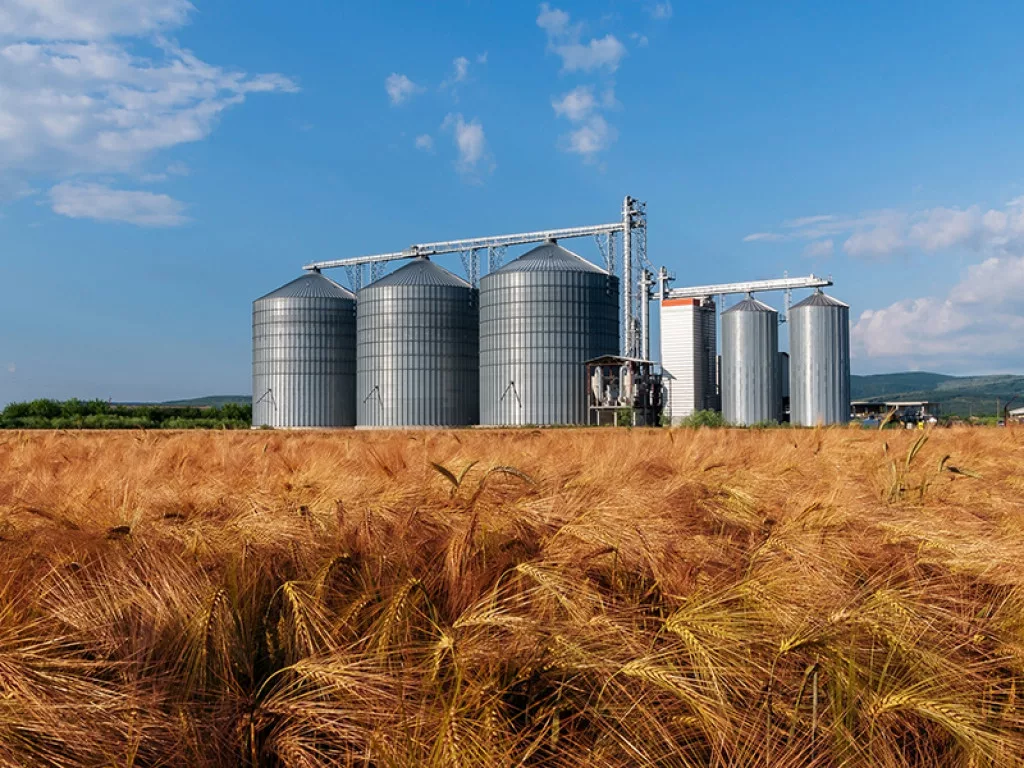
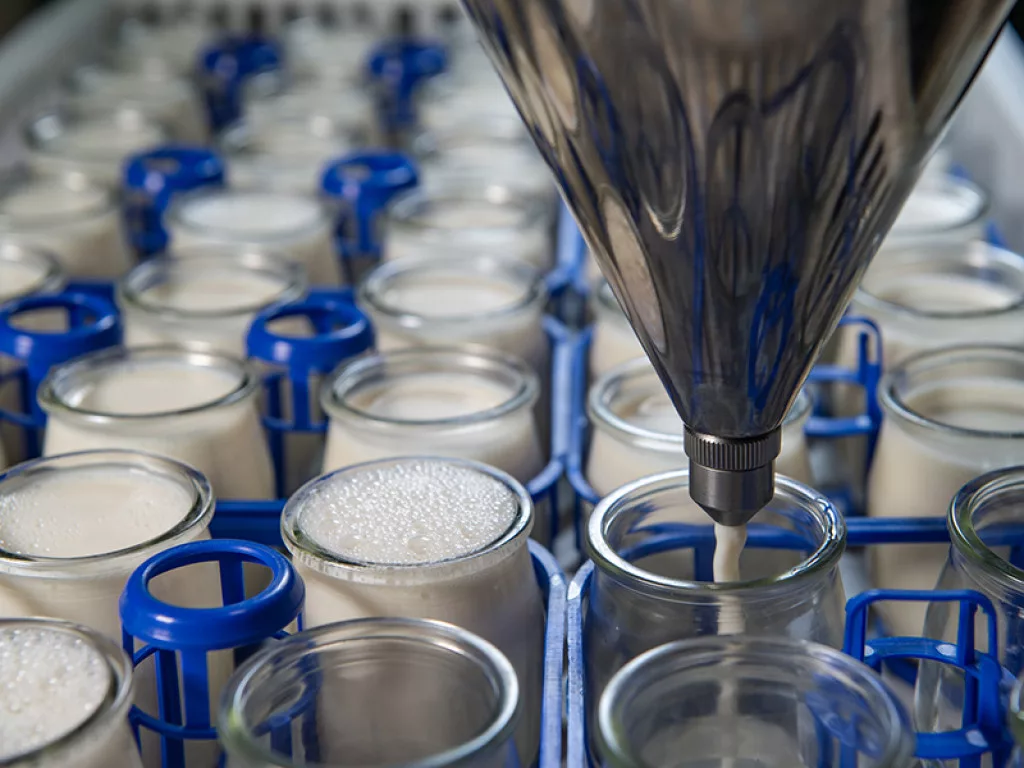
INDUSTRY INSIGHTS: UGANDA MANUFACTURING ASSOCIATION
Uganda Manufacturers Association was established in the 1960’s, and revived in 1988 Dr James Mulwana. Its vision: to be the most valued and respected business association worldwide, serving the interests of its members, shaping national and regional policies and leading the industrial sector towards sustainable global competitiveness.
Today, Uganda Manufacturers Association has a membership of over 1,300 companies from a wide range of sectors ranging from agribusiness to electronics, food & beverage to pharmaceuticals, and many more.
Africa Outlook interviewed Daniel Birungi, the Executive Director of Uganda Manufacturers Association, to find out more about it.
Since inception, how has UMA developed and progressed in terms of its key objectives and the messages it tries to get across?
Daniel Birungi (DB): Today Uganda Manufacturers Association is a premium association nationally and regionally, enjoying recognition and respect internationally. It is also a self-sustaining business association with a voice that is respected by all major stake holders in the region. Uganda Manufacturers Association is the largest organization representing the broad industrial and commercial sector of Uganda’s economy with a membership comprising of corporate, large medium and small firms from the private sectors.
We have achieved major milestones achieved through extensive policy and advocacy engagements with government, civil society and other development partners.
For example, UMA advocated for The East Africa Common External Tariffs (EAC CET), a four-band structure of 0 percent for raw materials, 10 percent for primary intermediate, 25 percent for finished products not available locals and 35 percent for locally/regionally available finishes products. This tariff structure created a level playing field between the manufacturers and traders, since the import differential (0) for raw materials vs 35 for final products available in the region) encouraged local production at relatively lower costs.
UMA is also continuously working with Ministry of Trade Industry and Cooperatives (MTIC) and the Public Procurement and Disposal of Public Assets Authority (PPDA) to increase the sectors on PPDA’s reservation scheme to promote locally made products.
For the longest time UMA has been lobbying for an investment regime that also appreciates existing investments, and the need for standardisation of incentives for all investors to create a transparent and level playing field. The Investment Code Act of 2019 has since provided for the establishment of a one stop investment facilitation centre to coordinate all public sector related issues on investment.
This has invaluably reduced the cost of doing business and UMA is continuously following up with the Minister for Investment on the full operationalisation of the One Stop Border Point.
As a result of UMA’s advocacy, the power tariff has reduced for the textile sector, improving production. Finally, UMA was nominated to be part of the Government of Uganda’s contingent in the negotiations for the all-important African Continental Free Trade Area. It has participated in over 15 negotiations and ensured those manufacturers’ interests are protected.
What do you find most exciting about the manufacturing industry in Uganda?
DB: The manufacturing industry is a key engine of growth in Uganda because there are usually very strong linkages and spill-over effects associated with manufacturing activities. In Uganda, the sector consumes a staggering 66.7 percent of all the power generated, it contributes 8.3 percent of the GDP, 19 percent of the total exports to the global market and 14 percent of the tax revenue collected.
Manufacturing plays a crucial role in economic growth and development, reflected in its contribution to GDP and overall development. This will only grow over the next five years given a steady recovery from COVID-19. The multiplier effect of manufacturing is exciting – every dollar of output in a sector generates a certain level of economic activity across society and job creation. No sector does more to generate broad-scale economic growth and, ultimately, higher living standards than manufacturing.
Many players in the sector are investing more in research and development, leading to the creation of better, new and affordable products for Ugandans. We can now be free from reliance on imports. This not only creates income for the companies involved but taxes to the government, employment to Ugandans and development of the economy. This will set the country free from the high import bill.
On the flip side, what are its biggest challenges?
DB: Although the sector has undoubtedly gone through leaps of development over the last three decades, it has the potential to do better but needs to be supported. Today, on average, industries run at about 53 percent of their installed capacity.
This is attributed to a number of challenges the sector is faced with that includes: the high cost of doing business especially the uncompetitive electricity tariff; intermittent power fluctuations which disrupt production patterns; high interest rates (around 25 percent per annum); and market access challenges with bottlenecks instituted as non-Tariff Barriers within the EAC partner states and infrastructure to link the country’s natural markets.
Another challenge is delays in value-added tax refunds. UMA members have continually been affected by the tax body’s consistent failure to promptly refund VAT. This locks up and deprives manufacturers of working capital. The VAT law also clearly stipulates and requires URA to pay a 25 percent interest on any delayed refunds, but this has also not been done. This is worsened by the dynamic tax regime.
What is UMA doing to help make the manufacturing industry in Uganda more sustainable?
DB: In a bid to promote the Buy Uganda Build Uganda (BUBU) policy, UMA engages government to promote local purchases for both foreign and locally awarded contracts. Uganda is a low developing country, which means that there are still very many opportunities from which manufacturers can immensely benefit and operate at a higher capacity.
UMA has a registered training section that provides an array of courses to member companies. These courses are aimed at capacity-building, equipping company staff with relevant soft and hard skills. UMA looks forward to partnerships across the region with Associations like KAM, COMESA, and many more to ensure exchange programmes across the region for more and advanced training. UMA runs various networking and promotional events, including the International Trade Fair, which attracts 586 companies from within the country and over 400 companies internationally.
UMA is currently implementing projects in skills development, energy Audits, Value-chain developments and assessments. However, due to the limited funding from development partners, only 200 companies have benefited from these initiatives.
At the secretariat, we provide market advisory services to individual member companies that either seek to invest, expand or seek investment advice. With our readily available policy and advocacy team, many companies have appreciated this development. UMA is engaging with different partners to ensure the exponential growth of this service for more companies to benefit from such services. To promote input-output developments and inter-sectoral engagements, UMA organises networking development events for the various subsectors within manufacturing. These also spill over to other sectors like finance, services and agriculture. The association aims to create an integrated economy hinged on manufacturing.
UMA has been able to achieve regional recognition and therefore has had multiple engagements with EAC for input on the development agenda. At the UMA, we ensure that any development involving the manufacturing sector at EAC level is attended to effectively.
How has COVID-19 affected the manufacturing industry in Uganda?
DB: We are still recovering from production shocks caused by supply chain disruptions, limited access to materials, repayment of loans with no production, shifting production patterns due to disruption of workplans for factory work, cost of transporting staff and safety measures undertaken by staff, and above all, a reduction in the addressable market for manufactured products.
There has been easing of a number of movement restrictions although the curfew limitations mean that operations at factories are still adjusting to the new normal. Since most countries still have restrictions at the borders, there have been delivery delays of externally sourced raw materials and machinery.
Given that most companies in Uganda import their raw materials in the form of semi-finished goods, production stage inputs or even capital goods that aid production, UMA undertook a study to understand how production was affected as a result of the COVID-19 safety measures. 46 percent of the respondents stated that production in their businesses was scaled down by 50 percent or more, 27 percent scaled production down by 25 percent, while 25 percent stopped production altogether.
On a lighter note, UMA is amazed at the resilience witnessed in the manufacturing sector over the course of 2020, despite the severe disruptions occasioned by COVID-19 and the attendant economic slowdown. It is this resilience and laser focus on building up better that has further energised us to champion member requirements. We want to ensure that they receive the requisite support to not only survive the period but also to identify the silver linings within the cloud cast by the current situation.


How do you see the manufacturing industry in Uganda developing over the next 5 years?
DB: With the implementation of most of the proposed policy agendas including, among others: tax administration recommendation, manufacturing incentivisation, export promotion, import substitution, power costs and related issues, government local purchases and public-private partnerships on government development agenda, we as manufacturers predict a 10 percent growth of the sector and an increase from 21 percent to over 25 percent contribution to GDP over the five years.
We are excited about the movement of the country from the export of raw non-processed commodities to agro-processed (for agriculture) and other manufactured products.
With the many energy projects being concluded in the next five years, the manufacturing sector is set to reap big rewards for such development since it will not only improve access to stable power but reduce operational costs.
IN FOCUS: THE AGRO-PROCESSING SECTOR
Uganda has a predominantly agricultural economy, thanks to its fertile soils and year-round sunny climate. According to the World Bank, the agricultural sector accounts for 54 percent of the country’s export earnings. Meanwhile, agro-processing (the treatment and processing of agricultural materials into saleable commodities) comprises around 60 percent of the manufacturing sector’s output.
Between 2012 to 2017, the food processing sub-sector increased at an average annual rate of eight percent, with the strongest growth registered in the processing of meat, fish and dairy, as well as edible oils and bakery processing. A growing middle class in the country is leading to a change in diet, with more people looking to buy high quality, processed products.
The agro-processing sector is important to Uganda for several key reasons. The first is that developing small- and medium- scale agro-industrial firms will lead to an expansion in job opportunities. The second is that agro-processing will help Uganda move away from exporting low-value raw commodities and diversify its export offering, both of which will facilitate economic growth within the country.
The Ugandan government’s development agenda prioritises agro-led industrialisation as an important pillar of economic prosperity. It will take an area-based commodity approach – in other words, it will focus on developing and processing the commodities grown in defined agro-industrial zones. A key feature of the plan involves “nucleus farms” – spaces which aggregate high volumes of raw material provided by surrounding smallholders – which has had proven success, Uganda’s Kalangala Oil Palm scheme being one example.
However, according to a report by the International Growth Centre, there is a potential problem.
“There appears to be a high degree of confusion and mis-co-ordination among government institutions over the crop, fish and livestock value chains on which the new agro-industrialisation strategy is to be based, having the potential to severely hamper a co-ordinated agro-industrialisation push,” the report reads.
In short, different government agencies and institutions are prioritising different value chains, with little information available on why different commodities have been selected. It states that there is an urgent need for improved agricultural statistics, allowing public and private stakeholders to improve policies and interventions in the agro-processing sector.
KEY PLAYERS
The companies shaping and disrupting the manufacturing sector in Uganda
Chemiphar
Chemiphar is a private laboratory offering a wide range of test services, alongside inspections and hygiene monitoring.
Busoga Forestry Company Ltd
Busoga Forestry Company Ltd (BFC) has a mission: to become Africa’s premier forestry, carbon offsetting and wood products company for the benefit of the planet and its stakeholders. It is a subsidiary of Green Resources AS (GRAS), Africa’s leading forestry company, which owns 40,000 hectares of forest in Mozambique, Tanzania and Africa, established through its own planting activities. BFC was established in 1996 and has established forestry plantations in Bukaleba and Kachung Central Forest Reserves, and the districts of Mayuge and Dokolo. It uses plantation wood to produce high-value added products for its customers. It does so by following the highest corporate, social and environmental standards.
RENA Beverage Solutions Ltd
RENA Beverage Solutions produces organic beverages such as hibiscus tea, juices and wines.
Mabale Growers Tea Factory Ltd
Mabale Growers Tea Factory is Uganda’s leading tea manufacturer.
